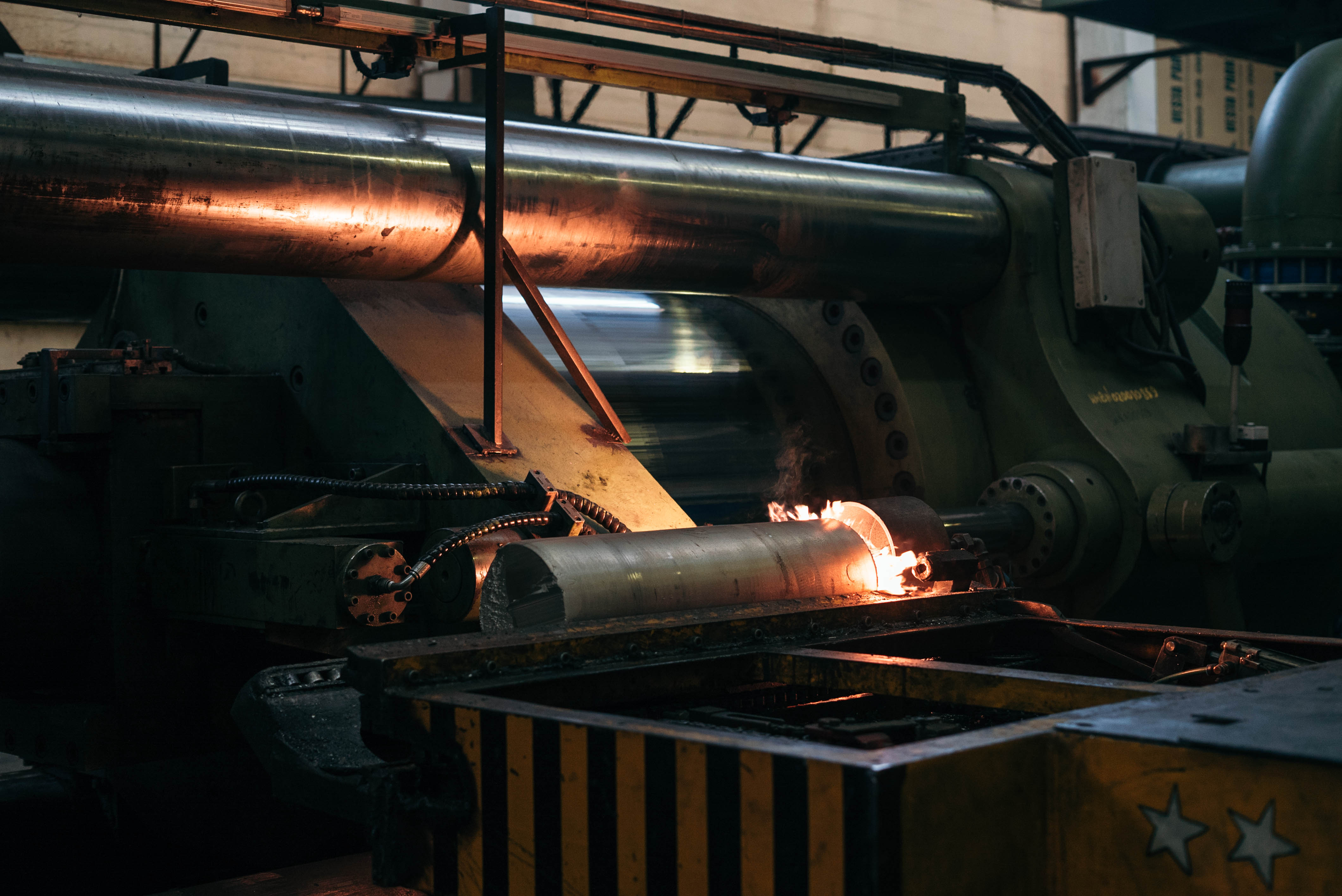10 Step Aluminum Extrusion Process
To obtain a finished aluminum profile, extrusion is necessary. For this process, number of specifications and drawings are first required. Calculations and estimates are needed to ensure accurate shapes and tolerances. Next step, the production process begins. Extrusion begins with a billet - a piece of aluminum from which a profile is formed. The workpiece must be softened with heat before extrusion.
Initially, the heated preform is placed in an extrusion press, a powerful hydraulic device in which a plunger with a press washer pushes the softened metal through an exact hole, also known as a die, after which the preform takes a needed shape. Standard lengths range from 26 inches (660 mm) to 72 inches (1,830 mm). Outer diameter from 3 inches (76 mm) to 33 inches (838 mm); diameters from 6 inches (155 mm) to 9 inches (228 mm) are most commonly used.
- The extrusion process actually begins with design, since it is the parameters of the part, its purpose, that largely determines the many parameters of production. The purpose of the profile determines its shape, and, consequently, the shape of the matrix.
The length of the workpiece depends on many factors, including the required length of the finished profile, the speed of extrusion, the length of the discharge conveyor and the parameters of the press.
- Procurement is a feedstock for extrusion. It can be solid or hollow, usually cylindrical in shape; loaded into an extrusion press container. It is made by casting or forging and powder pressing are used. Often blanks are cut from longer pieces of aluminum alloy.
- During extrusion, the workpiece remains solid, although somewhat softened in a heating furnace. The melting temperature of aluminum depends on the purity of the metal and is approximately 660 ° C. During extrusion, the workpiece is usually heated to temperatures from 375 ° C to 500 ° C, depending on the alloy.
- To prepare for extrusion, the matrix and other tools are heated. This improves the passage of pressed aluminum and improves the overall quality of the outlet profile.
- Extrusion of an aluminum profile combines a variety of profile shapes with a high production rate, making it the most economical molding process. It is imperative to apply grease or release agent between the press washer and the aluminum workpiece.
- The aluminum billet becomes ductile during molding. Extrusion can be compared to squeezing toothpaste from a tube. With increasing pressure on the closed edge of the tube, the paste is squeezed out through the open edge, taking the form of a round hole. If the hole is flattened, the paste will flow out in the form of a tape. The extrusion process begins at the moment when the plunger begins to press on the workpiece in the container. Various press designs can develop pressures from 100 to 15,000 tons. This pressure determines how much extrusion this press can carry out. When the press starts to press on the workpiece, it cuts into the matrix, becoming shorter and wider until it hits the walls of the container. Then, as the pressure increases, the softened (but still solid) metal begins to squeeze through the figured hole of the matrix, forming a fully formed profile.
The extrusion rate depends on the alloy used and the shape of the matrix.
- Freshly formed extrusion enters the discharge conveyor. The method of cooling the extrusion depends on the alloy - either naturally or using air or water. This is a critical step to ensure the required properties of the metal after aging. Then the extrusion enters the roller tables for cooling.
- Stretching and / or straightening machines are used after cooling, to straighten and fix possible extrusion twists (also a stretching machine can be used for cold processing of metal) Next, the extrusion is conveyed to the saw by conveyor
- Fine sawing is necessary for cutting the profile to the size specified by the customer. Most often at the moment, circular saws are used, similar to radial-cutting machines, which cut the profile perpendicular to its length. For larger presses, larger saws are used. Lubricated saws are equipped with grease through the saw teeth for optimum efficiency and sawing surface. Automatic clamps lock the profile when sawing.
When the profile leaves the press, it is in a semi-solid state, but quickly hardens as it cools. Non-heat-treatable aluminum alloys (for example, containing manganese or magnesium) are strengthened by natural aging and cold working. Heat treatable alloys (containing copper, zinc and magnesium with silicon) are hardened or hardened by controlled heat treatment, which affects the metal structure of the alloy.
- After aging, the profiles are sent to other workshops of the plant for decoration, packaging and preparation for shipment to the customer. Profiles are laid in such a way as to exclude surface damage, twisting and other hazards.

